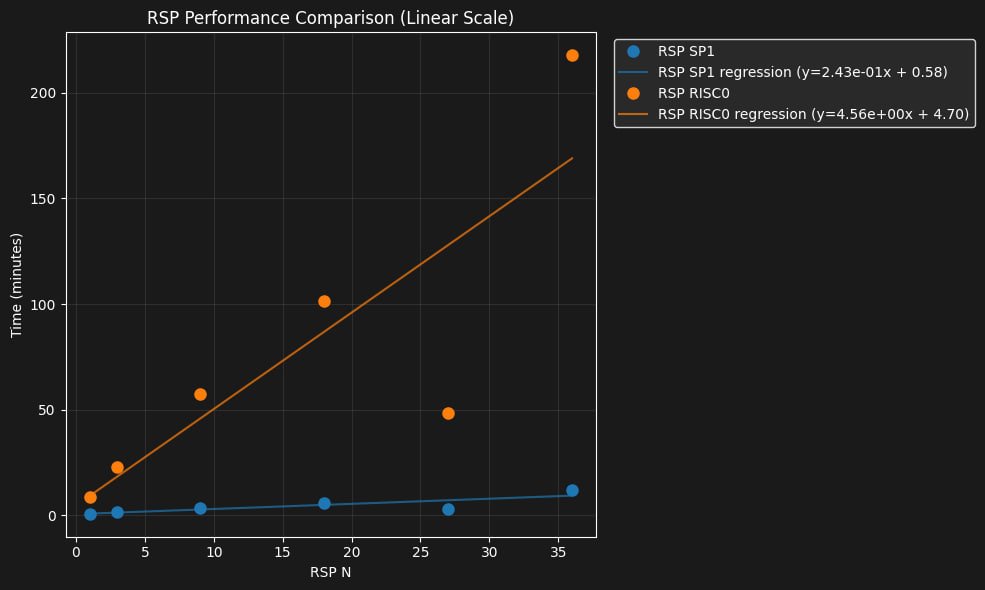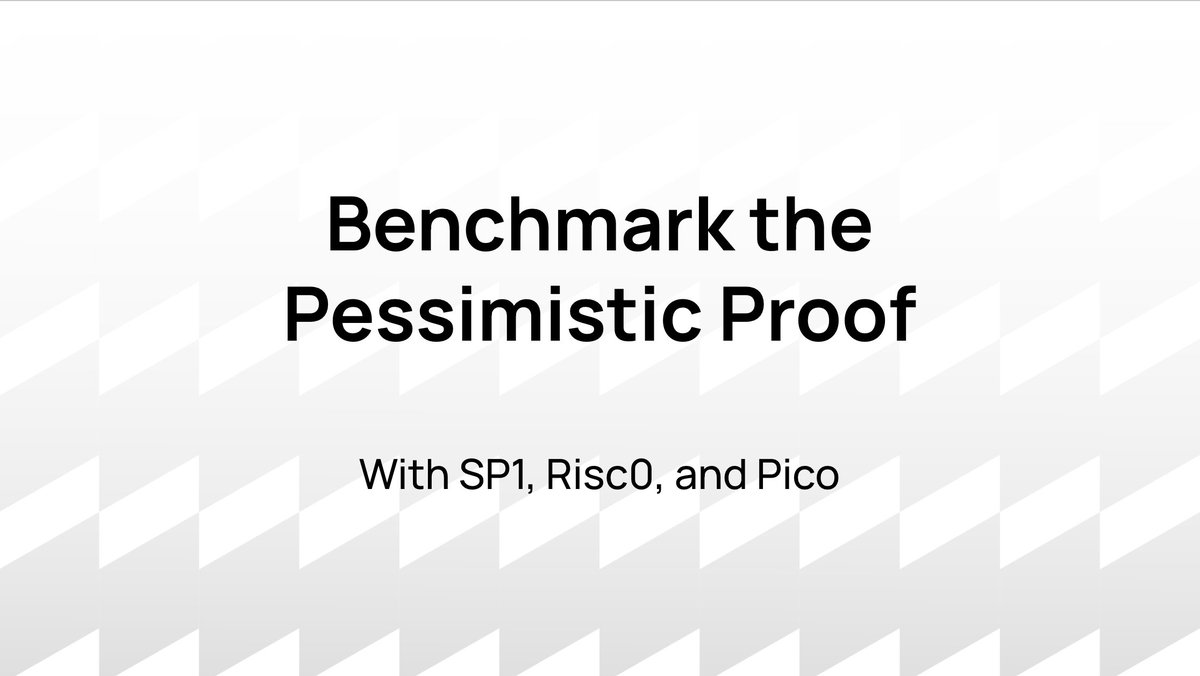
Robin Salen
@robinsalen
ZK Engineering at @0xPolygon. Previously @Toposware. he/him. Opinions are my own.
ID: 4513099229
https://github.com/Nashtare 17-12-2015 11:02:40
556 Tweet
360 Followers
192 Following







This update from Succinct is impressive in terms of performance, but I’m surprised Uma Roy and John Guibas didn’t mention the soundness bug we found in SP1 with 3MI Labs, Aligned, and LambdaClass. Bugs like this don’t come up often—there aren’t many zkVMs in

Hats down for Fede’s intern 🥊 and Cryp·tomer (@ETHDenver) | 3MI Labs and everyone else who participated in this effort. I can’t believe that you got only $50k for this. Funds were at risk and it does not matter what Succinct says. SP1 is an open source zkVM which could be deployed by anyone, not only at




🚀Big news! We’ve raised a $24M Series A, co-led by Paradigm and Bain Capital Crypto, with support from Fenbushi Capital, L2 Iterative Ventures (L2IV), Robot Ventures, and top angels like Anna Rose, Brendan Farmer, Daniel Lubarov, Sina Habibian, and Varun Srinivasan! irreducible.com/posts/irreduci…


Barrett-Montgomery modular reduction, reimagined. A novel multi-precision algorithm that reduces computational complexity from n² + n to n² + 1 digit multiplications—significantly boosting performance in key primitives like NTT. Groundbreaking work by Yuval Domb. Read the
















